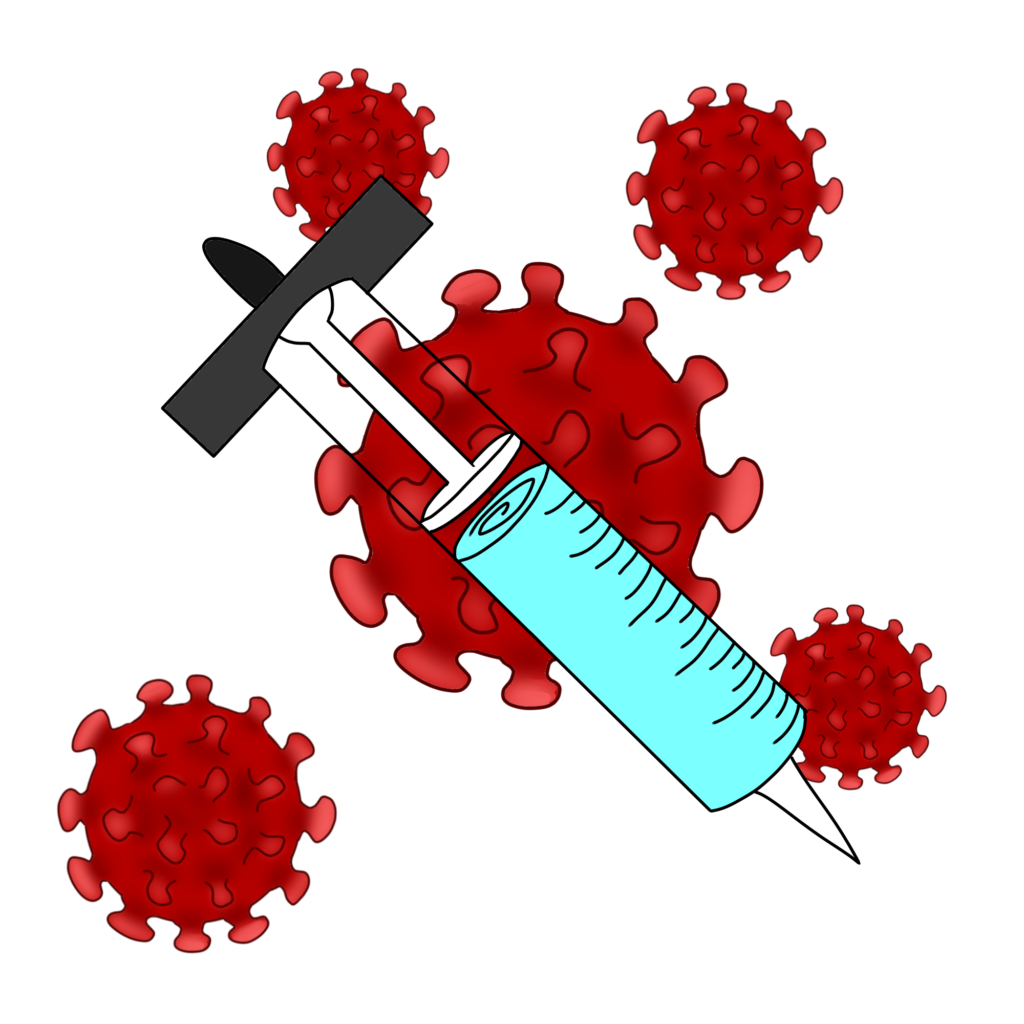
The news that a vaccine for the COVID-19 virus would be available before the end of the tumultuous 2020 was the best Christmas gift many could have hoped for.
So now that there might be an end to this pandemic in our sights what happens next? To answer this, let’s break down how long it takes to get a drug approved for the public, who gets the vaccine first and what you can expect when getting vaccinated.
Typically, it takes close to 10 years to approve a drug through the Food and Drug Administration (FDA). There are several protocols that are required before it is safe for the public.
According to MedicineNet only 1 in 5,000 drugs make it to market. In this case, the FDA does have a six-month accelerated approval pathway to get drugs through the entire process for serious illnesses that don’t have a treatment. This is unprecedented because there are two companies that have a 95% effective rating, in less than a year, that are being approved.
Now that there is a vaccine approved by the FDA, who gets access to it first and why? The Centers for Disease Control (CDC) committee decides who should get the vaccine and then individual states decide from there.
There are only enough vaccines for about 22.5 million Americans, according to the New York Times, so prioritizing high-risk exposures will be first to be vaccinated. That is why nursing homes and long-term health care facilities will get it first, then critical care healthcare workers, then cleaning staff who are most likely to be exposed to the virus.
According to the latest reports, the public should be able to get their vaccine by May or June of 2021. There should be enough available by then and people can get it through their doctor’s office or pharmacy.
The vaccine requires at least two injections with at least three weeks (Phizer) to four weeks (Moderna) in between the first and second injection for it to be effective. The side effects that have been reported are fatigue, headaches and fever but typically last no longer than a day.










